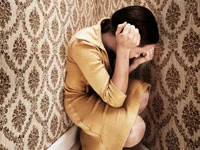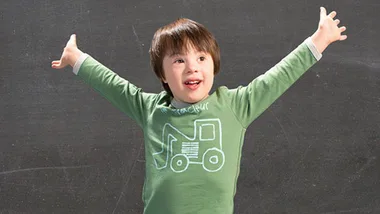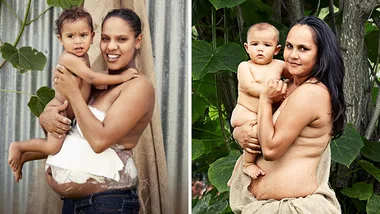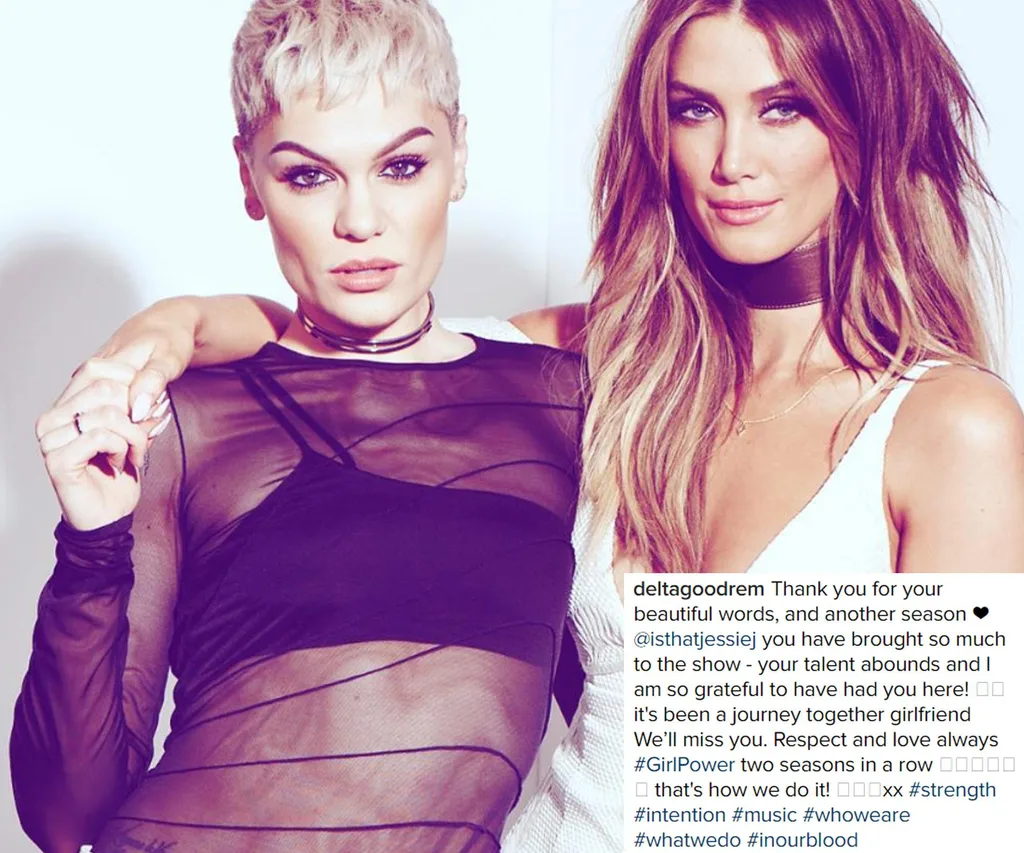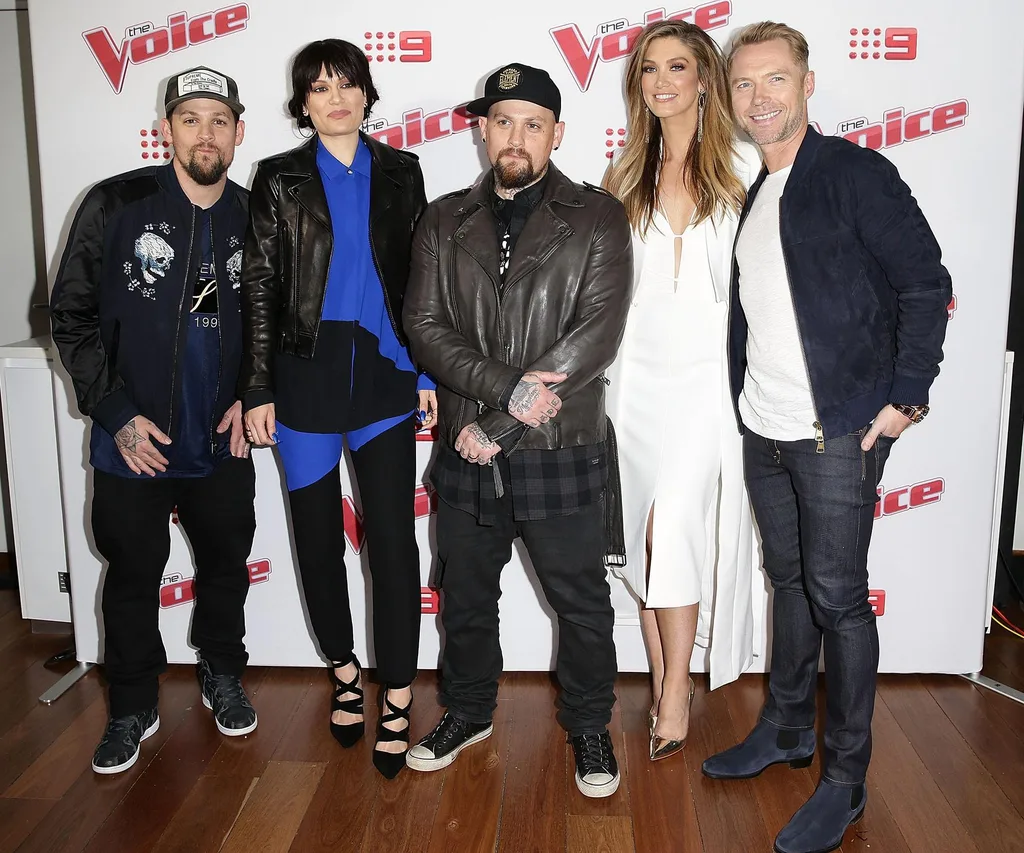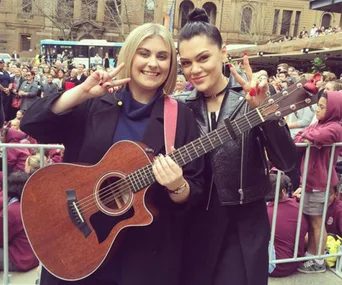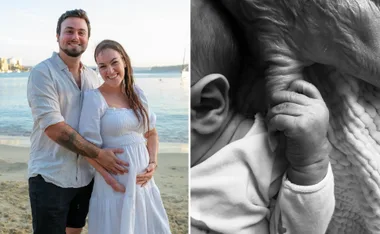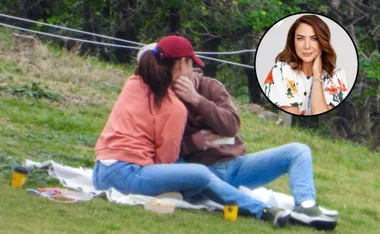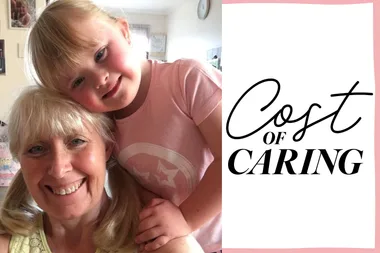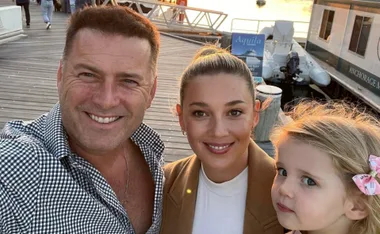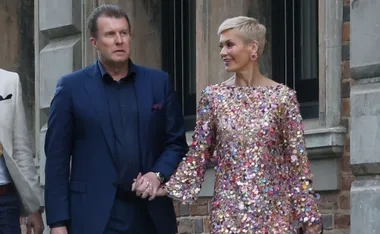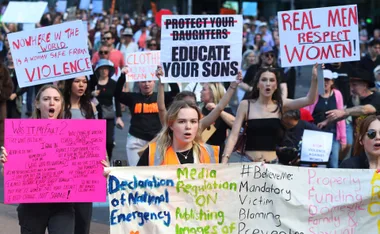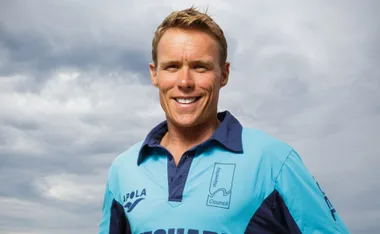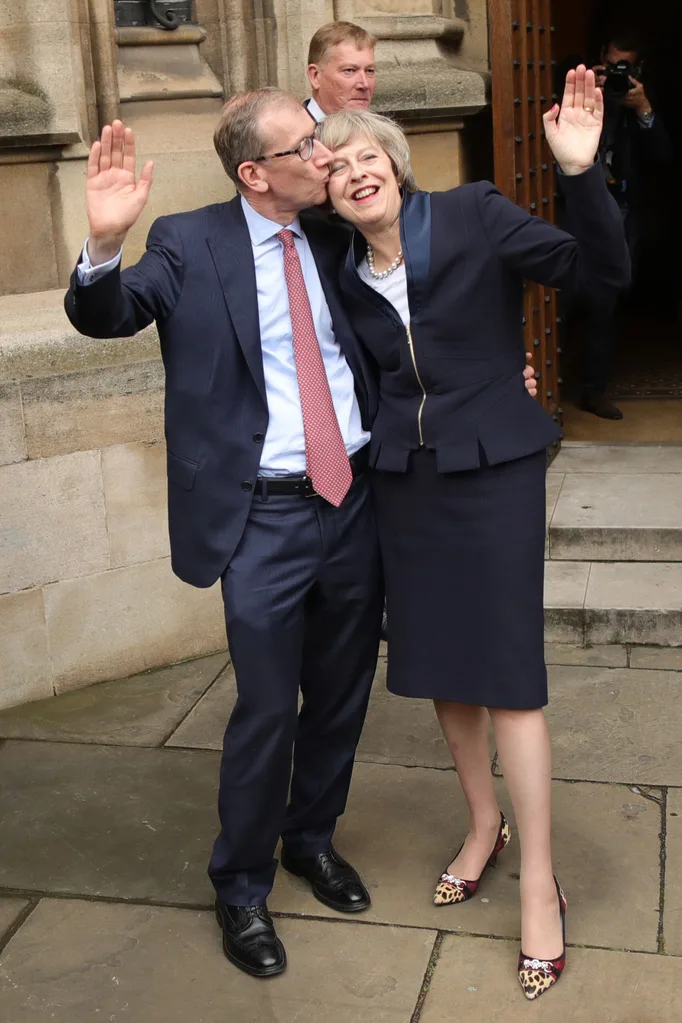Your partner may have long periods of low mood, of persistent negativity, and feel that nothing is right about their life.
More than that, a partner of someone with depression may endure the added strain of trying to make sure their loved one gets all the medical and psychological help they need.
Men are far more resistant to seeking psychological help than women. It is tied up with their self-image of what is masculine and ingrained in many of the cultural perceptions of what it to be a man – to be strong, independent and self-reliant.
However, those ideals, as worthy as they might be, are often the roadblocks holding men back from getting the help they need.
The symptoms of depression can vary from severe to mild. The causes of depression are thought to involve a genetic predisposition and vulnerability to stressors in life.
The most common symptoms of depression show themselves in persistent low mood, irregular sleep patterns, little interest in sex or food, and a general decrease in the enjoyment of life.
It’s common for people to drink alcohol to excess or too often as a way of dealing with these feelings. Any one of these factors can have enormous impact on a relationship. But it doesn’t have to be like that.
Here are eight tips to weathering the relationship storm when your partner has depression
Be receptive – Try to get your depressed partner to open up about their feelings. This is difficult, particularly with men whose natural position is to keep their feelings inside. It might also be confronting but at least issues will be out in the open where they can be dealt with.
Encourage your partner to seek professional help – Depression is a treatable with psychological therapy and sometimes antidepressant medication. No-one knows your partner as well as you. If you believe that something is wrong, there probably is. The insidious nature of depression is that the person affected often doesn’t see it. Broach the topic gently with comments such as “It’s difficult seeing you suffer like this, let’s see what a doctor says.”
Offer to go to a doctor together – Depression is a highly personal condition. A doctor, particularly a GP, can’t always gauge the depth of the changes in a person’s behaviour. But you can. Tell the doctor what is happening from your perspective.
Don’t give in to anger or resentment – Sometimes a partner has to shoulder the slack when someone has depression. They might become anti-social, forcing you to make the excuses or be unable to perform their tasks. There is sometimes a fall-off in intimacy and sex. And that causes frustration. Be aware of your emotions, too.
Tell the kids – Explain what is happening to your children in an age appropriate way. They are sensitive enough to pick up on emotional changes and stress. Having the right information is important for them, too.
Be patient – Out-distancing depression takes time, even after professional diagnosis. There is a certain amount of trial and error in treatment with varying levels of therapy and medication. Give it the time it needs.
Be on the same team – Remember that you are in this together. Make sure your partner remembers that, too. Relationships rarely survive when people are going in different directions.
Seek help for yourself – Depression is often episodic in nature. There will be good and bad times. Sometimes, you will feel overwhelmed. Confide in a friend or doctor, or talk to a therapist. Sharing helps.
The Weekly compiled this article in consultation with mental health organisation SANE.
If you or someone you know is struggling with depression contact SANE on 1800 18 SANE (7263) for helpful information. If you feel like there is some immediate danger please call 000.
VIDEO: ‘I Quit Sugar’ founder Sarah Wilson says the worst thing you can do to an anxious person is tell them to calm down.

